PHOTOGRAPHING NEPAL
By Ian Robert Knight
There is more to Nepal that mountain climbing. This small country in the Himalayas is also a photographer’s playground. Even if you’ve never climbed more than a few flights of stairs, there are countless reasons to visit Nepal. Pack up your camera gear, lace up those brand new hiking boots, and read our guide on photographing Nepal.
Temples
Nepal is a deeply religious country, with most people practicing Hinduism, followed by Buddhism, then Islam, and then a sprinkling of other religions. Because of the large number of devout citizens, there is an abundance of temples everywhere. You can’t travel too far without spotting one temple or another, but a few really stand out.
One of the most famous temples is the Boudhanath Temple in northeast Kathmandu. Its mandala is so large, it’s recognized as one of the largest stupas in the world. Although it was damaged during the 2015 earthquake, it’s been repaired and has regained its rightful claim as one of the most impressive stupas in the country.
Another impressive temple is the Pashupatinath Temple, on the banks of the Bagmati River in Kathmandu. It is one of the 4 holiest temples for Hindus that are devotees of Shiva. This is the largest temple complex in Nepal, and only Hindus are allowed inside the main temple. But non-Hindus have plenty to see on the outside.
The Pashupatinath temple is one of the more common places for funeral rituals too. It’s not for the faint of heart, but it is fascinating to witness the rites being performed on the banks of the river.
Durbar Squares
A Durbar Square is a generic name for a plaza opposite an old royal palace in Nepal. Of particular note are the three squares in Kathmandu, Patan and Bhaktapur, which are all UNESCO World Heritage Sites.
Before Nepal was unified as one country, it was a collection of smaller kingdoms, and these squares are the most obvious remnants of those old kingdoms. Each square is a large open space, which can hold festivals and markets, and has a multi-story temple in the centre. The Kathmandu and Patan temples suffered some damage from the 2015 earthquake, but they are slowly being repaired.
Markets
There is so much to see in the markets in SE Asia, and Nepal is no exception. The photographic opportunities that present themselves are enormous. And you don’t need to travel far to find a market, if you’re near a Durbar Square. That’s because there is usually markets nearby every square.
What is particularly interesting about the markets in Nepal is just how varied they are. The market in Patan is known for it’s metal and stone works, and the market in Bhaktapur is known for pottery. It’s really fascinating to watch the pottery being made right next to where the finished product is sold.
Landscapes
One of the things that Nepal is most famous for is the natural beauty of its landscape. With the rolling hills at the foot of the mountain ranges, you’d be hard pressed to find anything as beautiful in neighbouring countries.
Pokhara, which is in central Nepal, is the base for trekkers doing the Annapurna Circuit in the Himalayas. The scenery from the viewpoints overlooking the city and Phewa Lake is nothing short of spectacular. On a clear day, you can see some of the highest peaks in the Himalayas.
Sadhus
A Sadhu, otherwise known as a Baba, is a Holy Man in Nepal and India. Sadhus are revered by Hindus as representatives of the gods. They can often be found wandering around towns and villages, exchanging religious blessings for food. As part of their devotion, they give up worldly goods, and live a very simple life. They usually wear simple loincloths and cover themselves in white powder and face paint.
In Kathmandu, you can find dozens of Sadhus living near the Pashupatinath temple. Devout Hindus will seek them out there to perform religious blessings, for small fees.
People
Generally speaking, the people of Nepal are quite open to being photographed. If you approach them in a friendly manner, they will almost always permit you to photograph them. I’ve found that this has been the case everywhere I’ve travelled in Nepal, and it certainly makes photography easier.
There are quite a large number of opportunities to photograph people when you’re in Nepal. In my experience, it’s easy to find willing participants in the markets and temples, as well as in shops and on the street.
Visit Nepal With Us
We visit Nepal every year in the fall. Be sure to read up on our Nepal Adventure on our website. And consider adding Nepal to our India or Bhutan tours to make it a truly epic adventure!
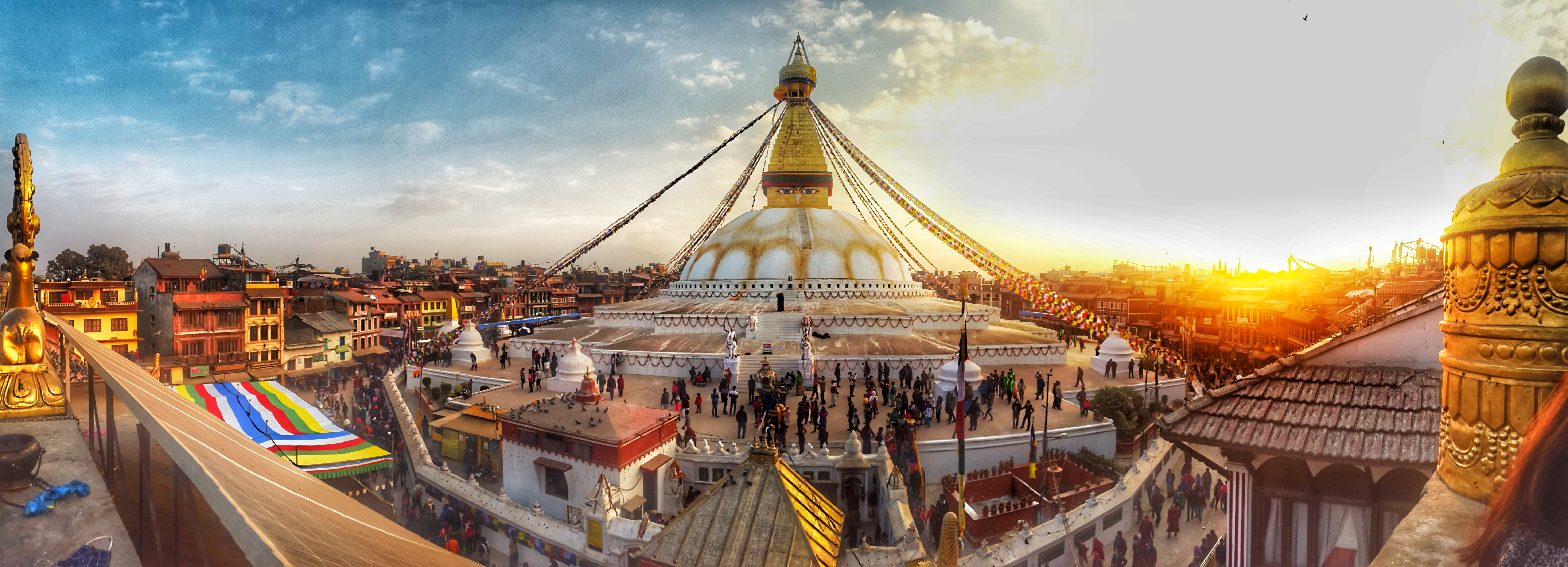
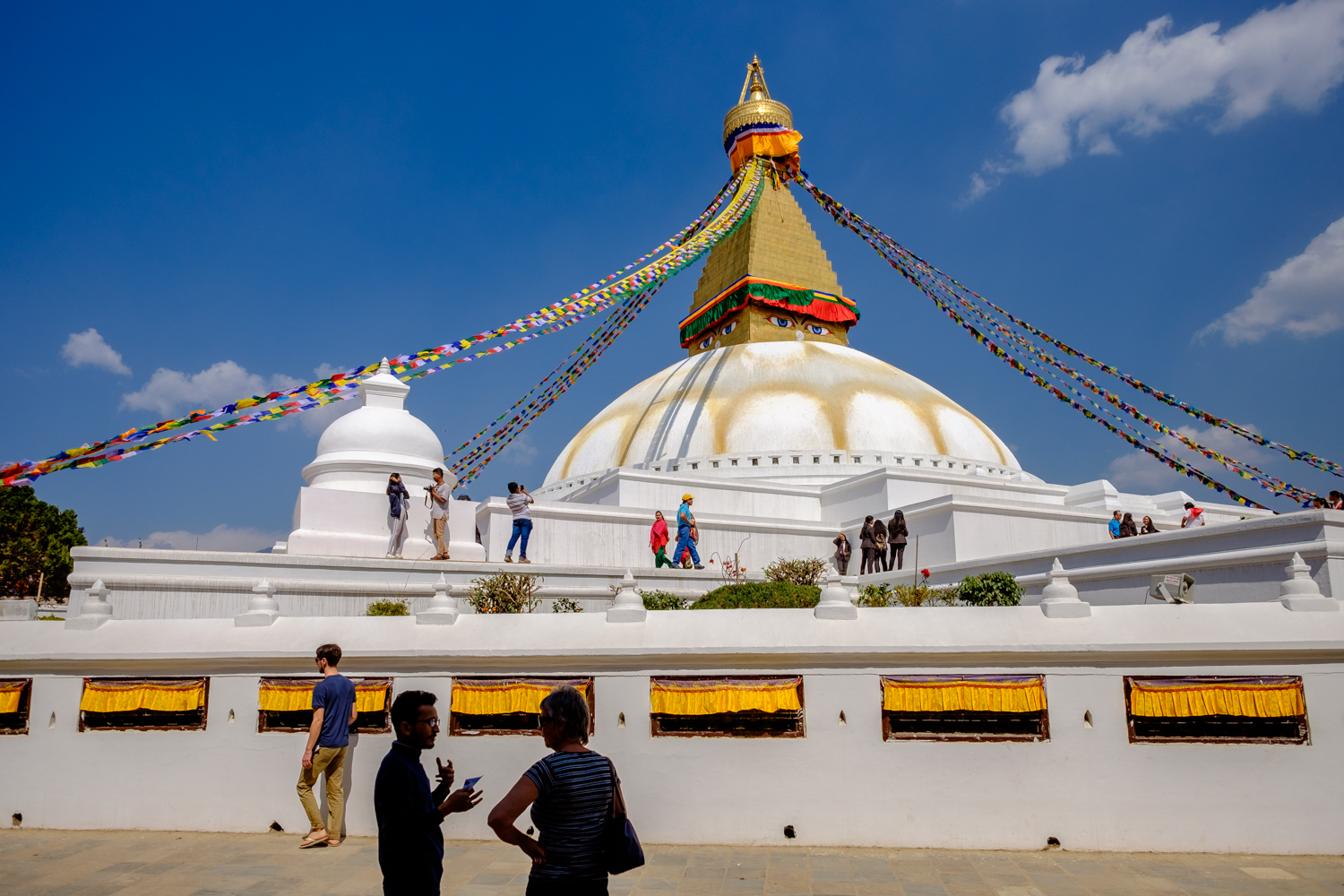
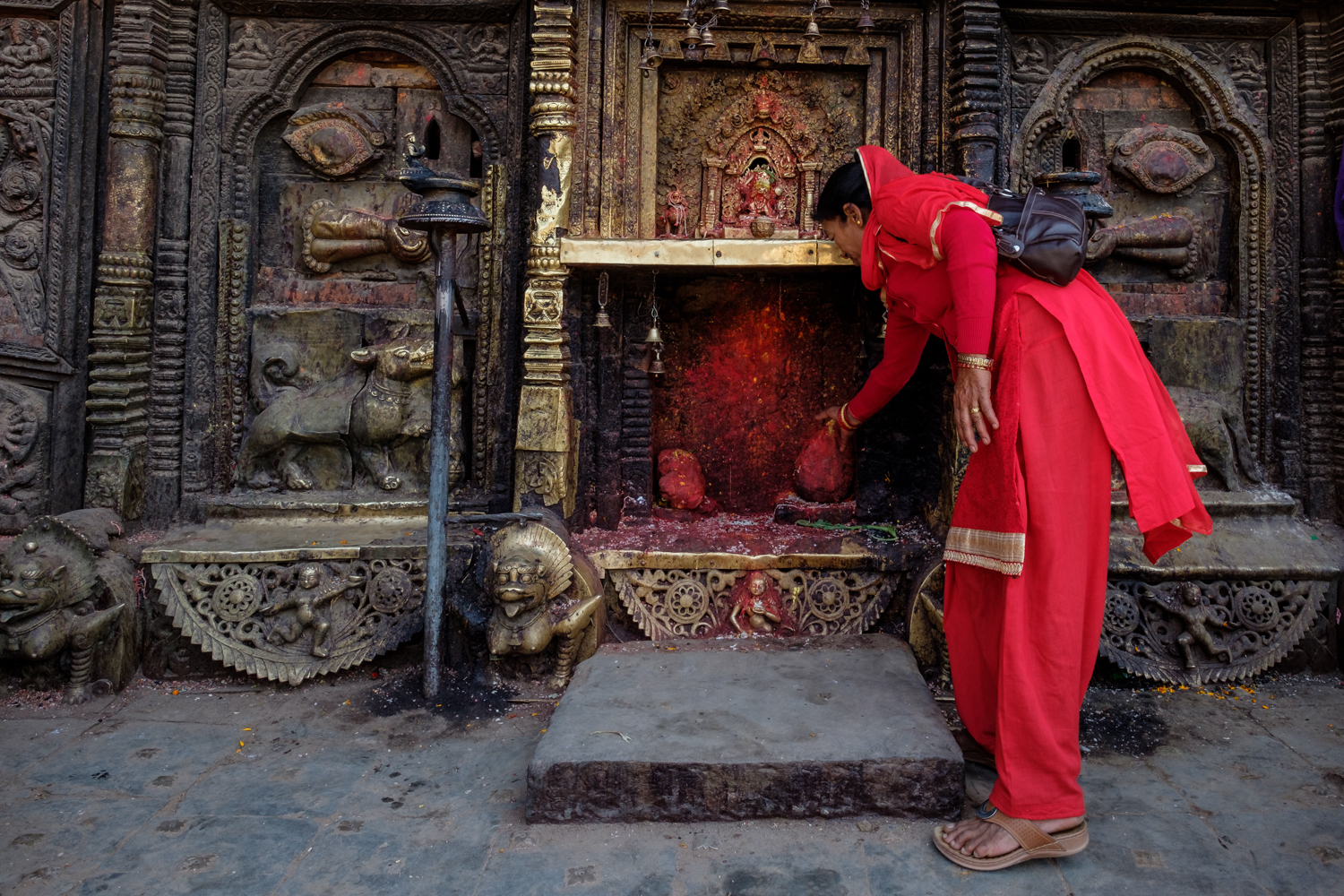
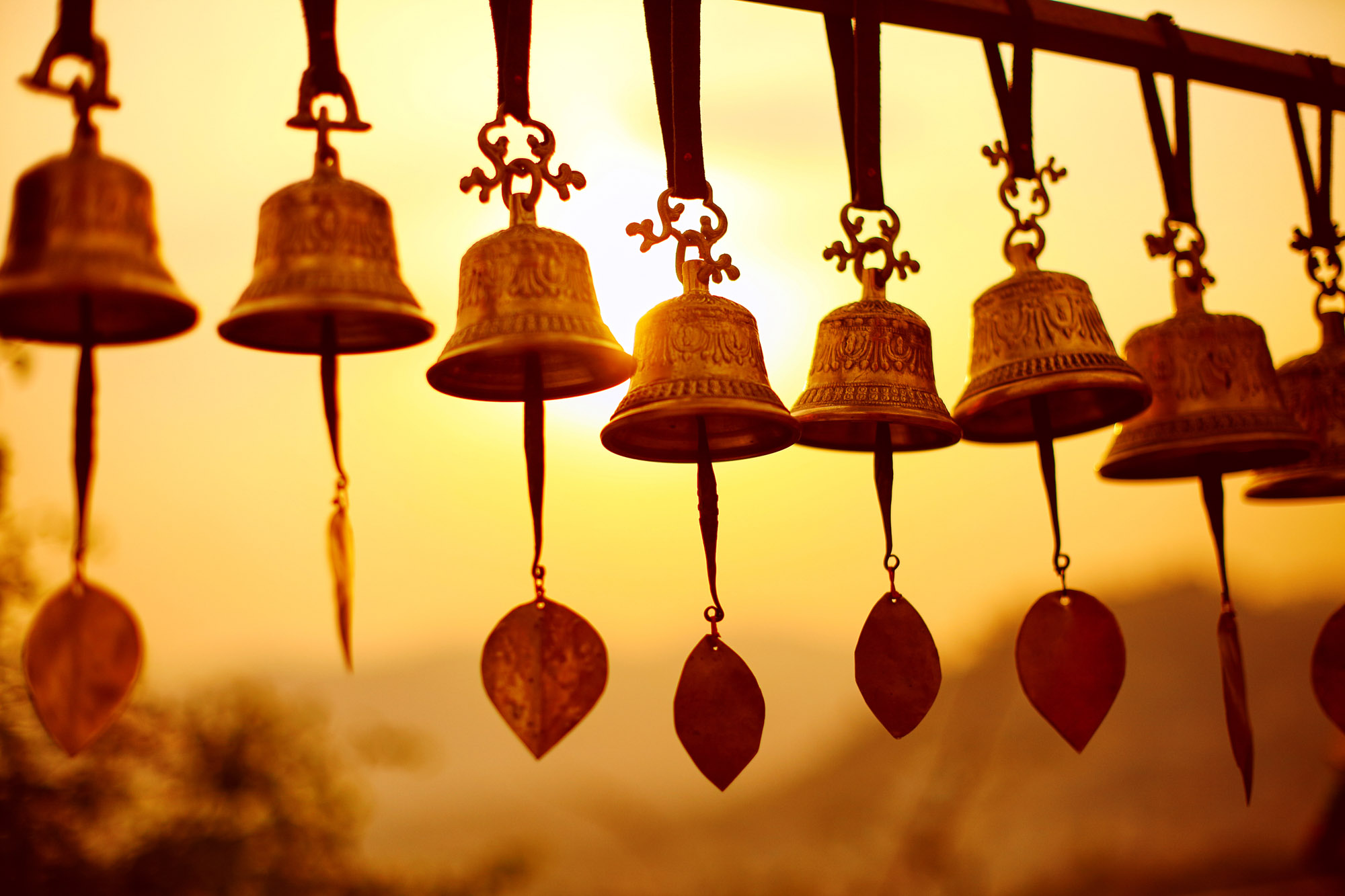
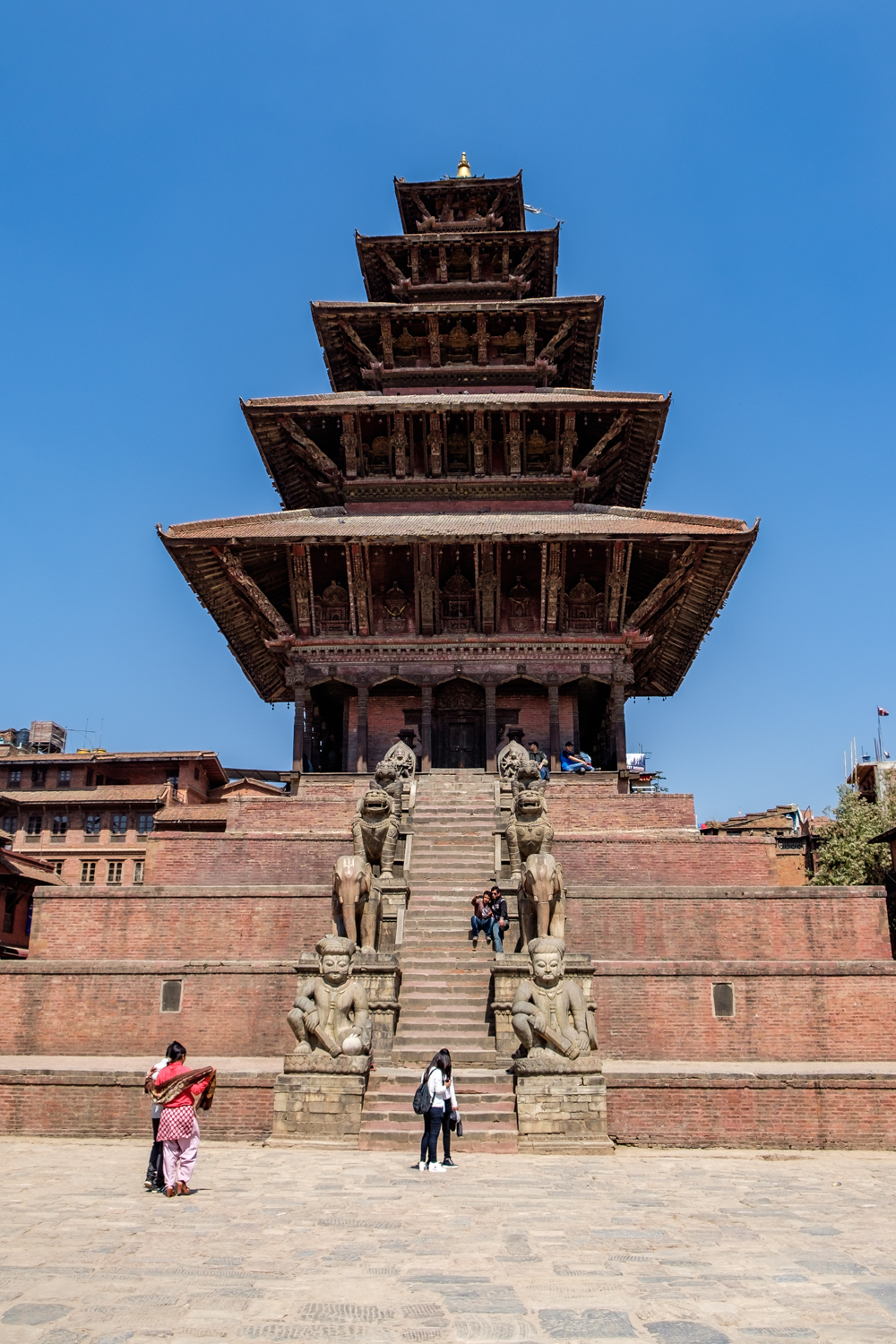

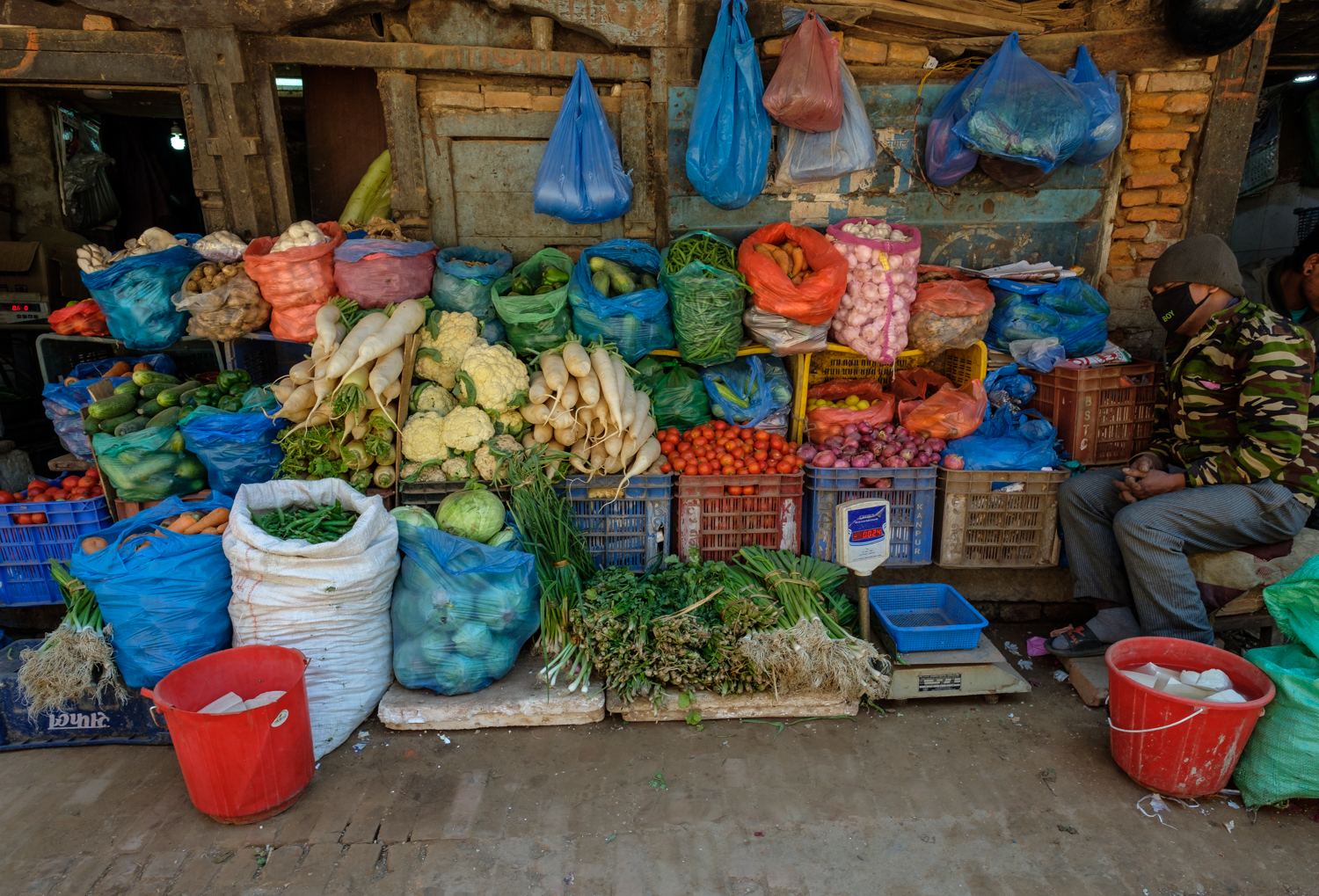
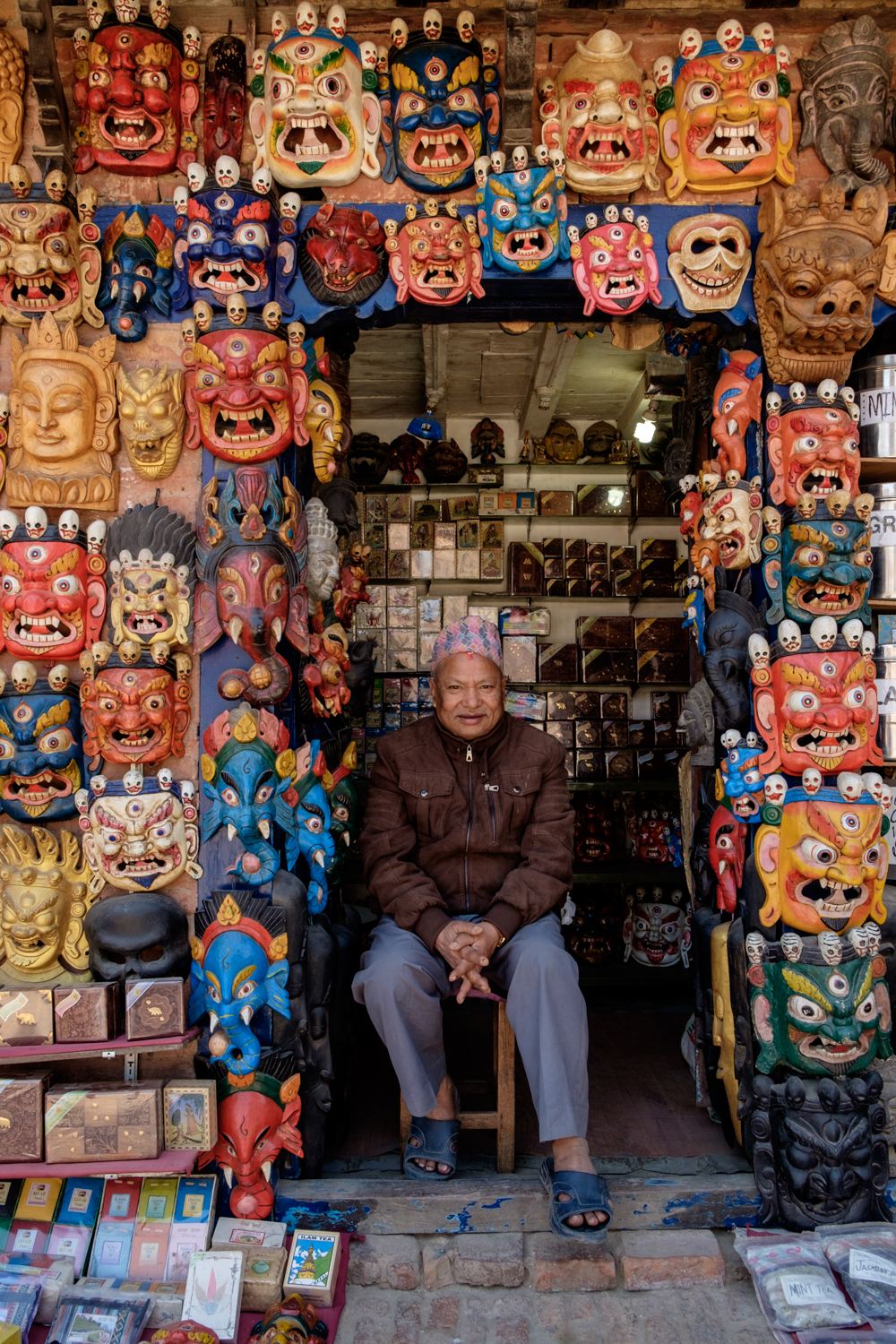
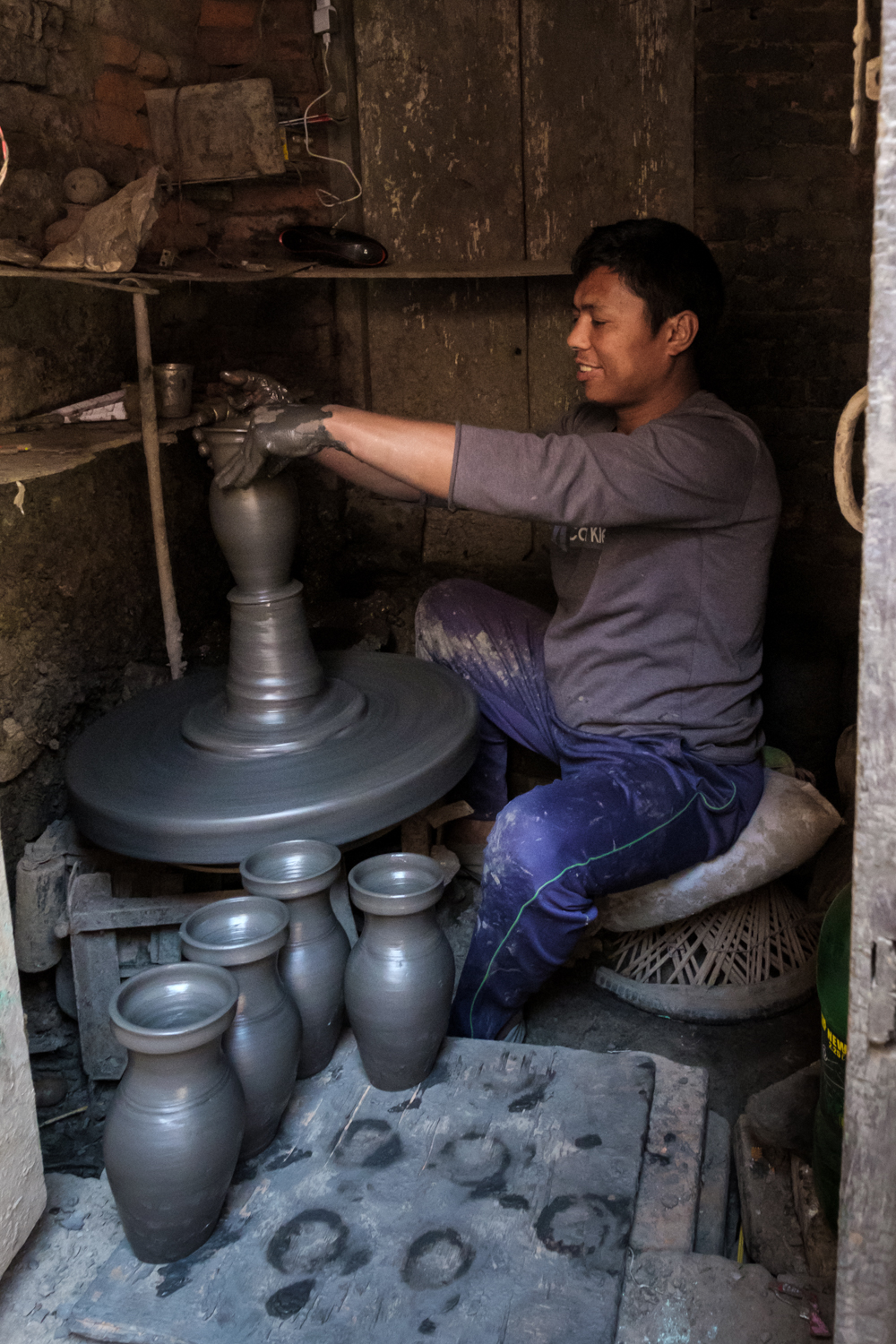
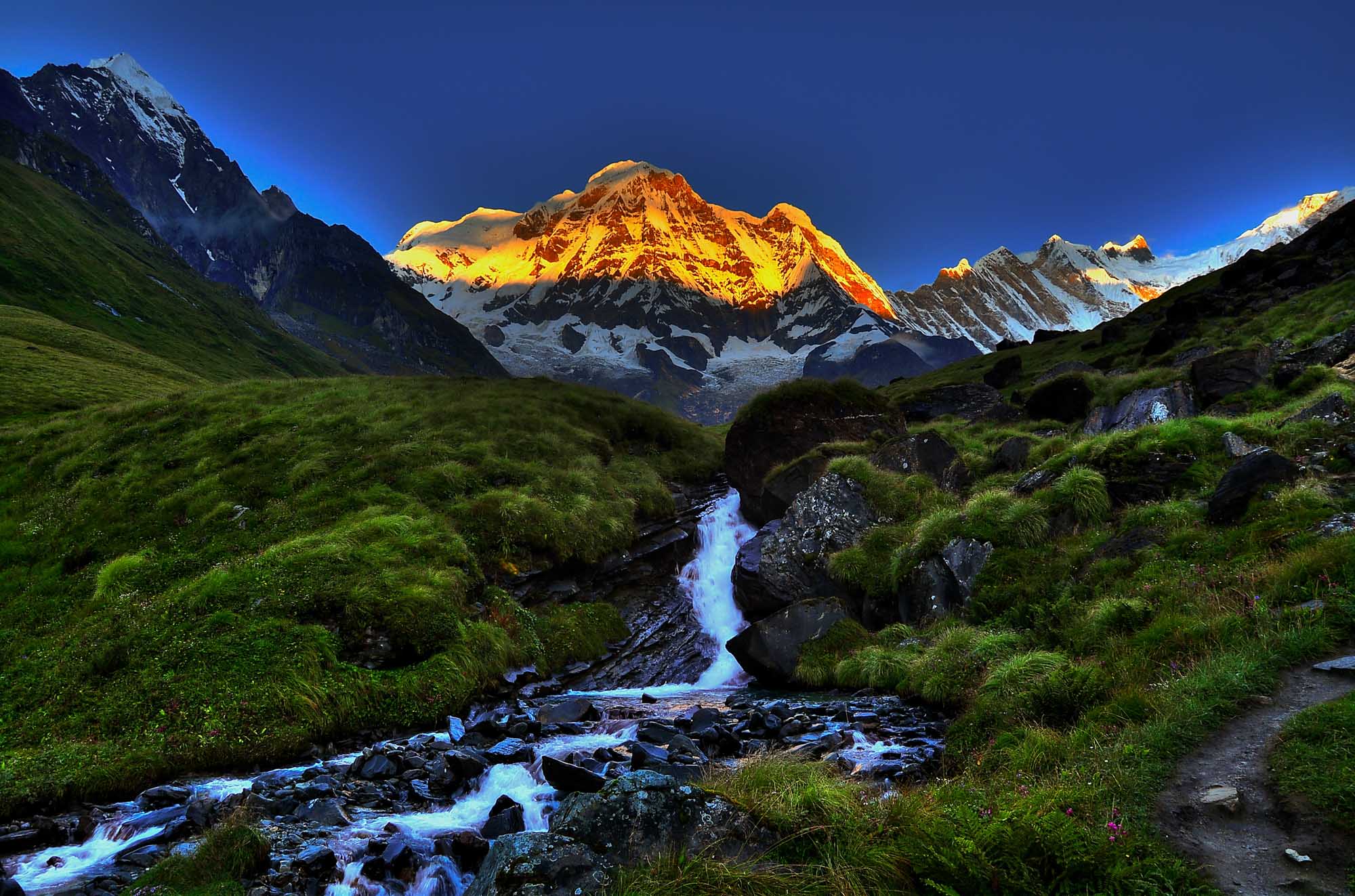
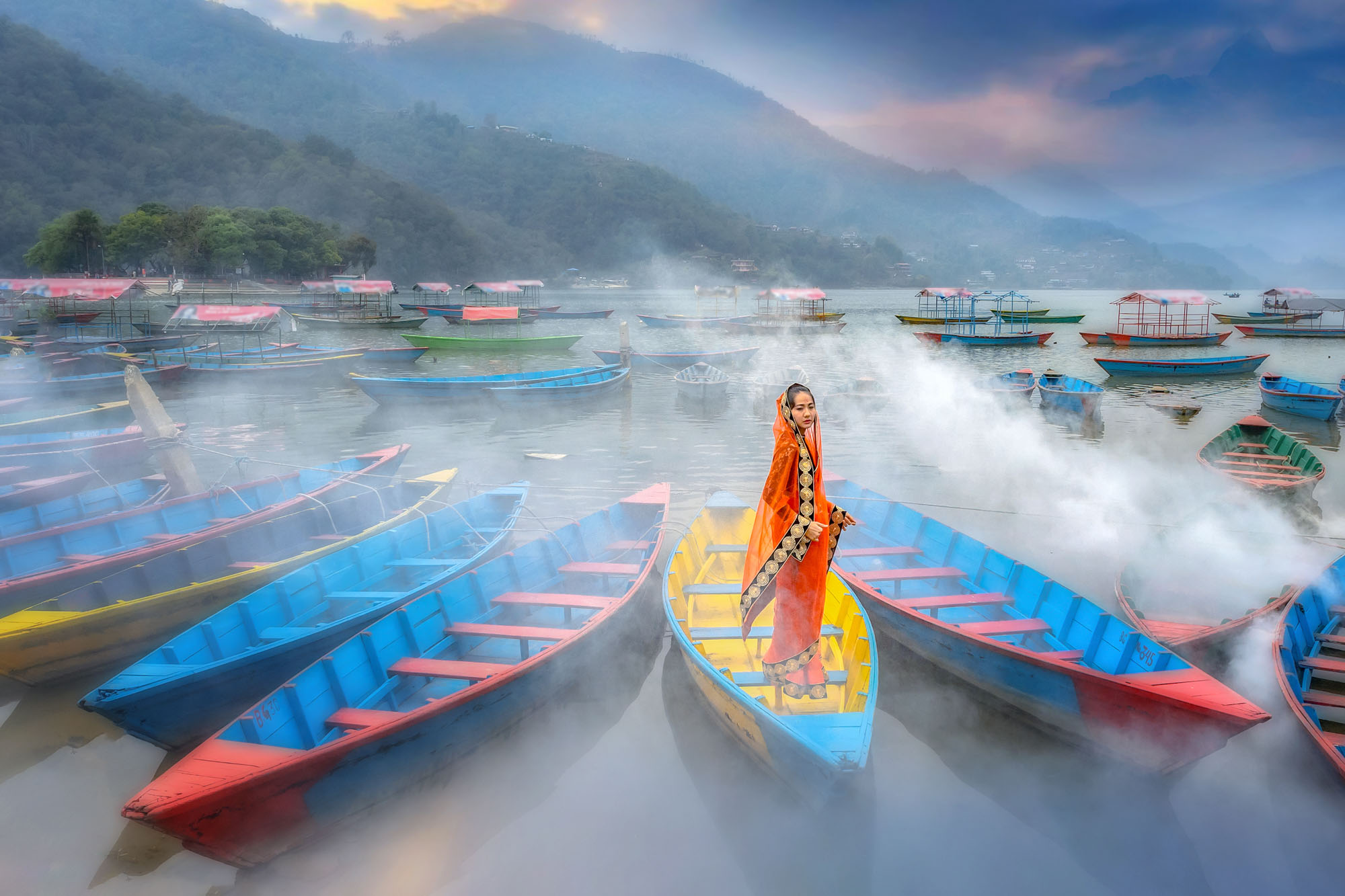


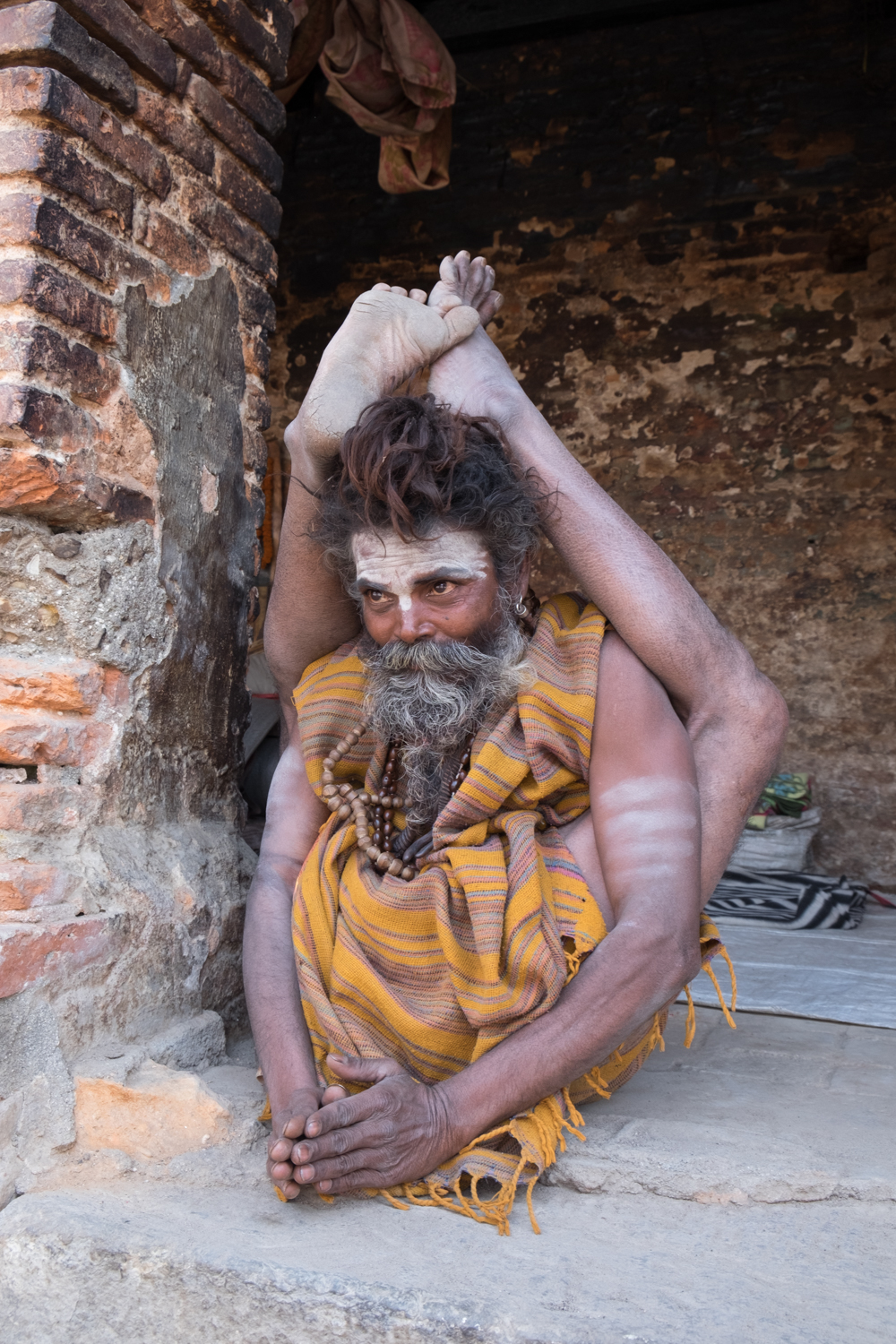

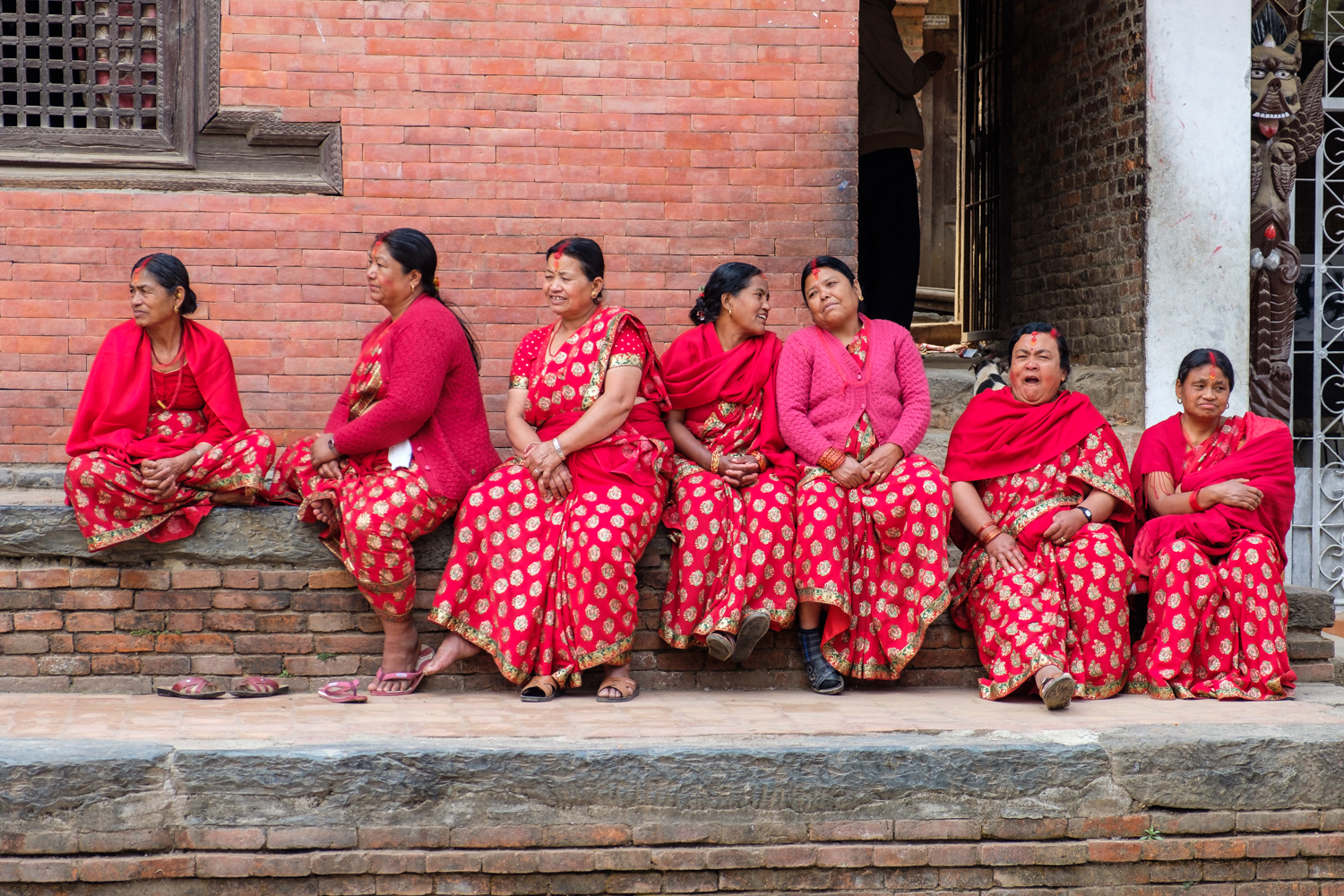
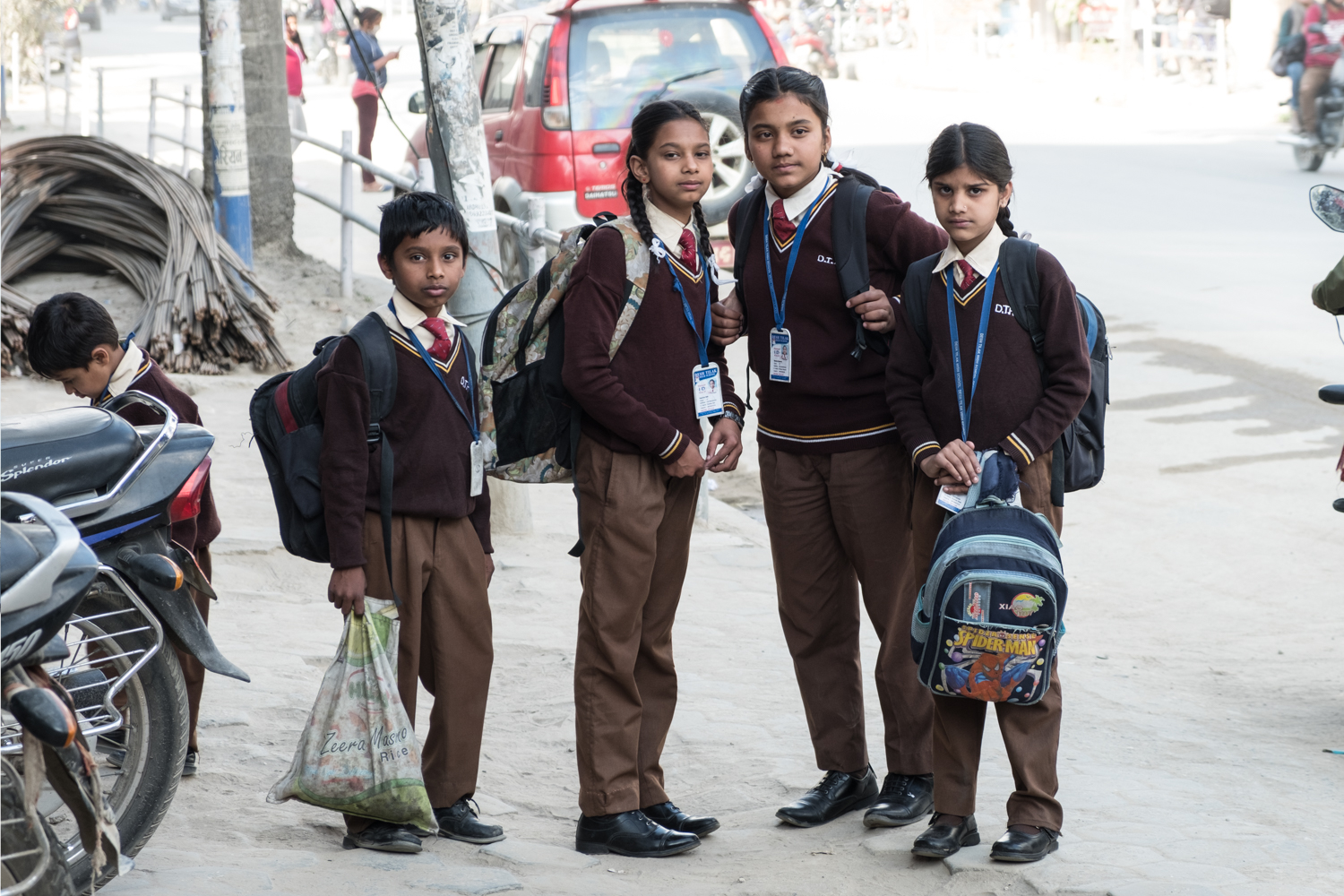







The sixth photo from Top captioned “Durbar Square in Bhaktapur, Nepal.” is Dattatraya Temple in Bhaktapur. I am from Bhaktapur but I haven ever seen this type of view good editing.
Thanks for your comment, but I am sorry, I can’t agree with you. The temple in Durbar Square in Bhaktapur is a 5-tiered temple atop a 6-stage pedestal. And the Dattatreya temple is just 3 tiers, and situated at ground level. Similar in style, but quite different in size.
Wow! Your blog really seems to be a genuine one. I have gone through all your posts and I’m highly inspired by your blog. I can’t resist myself from following your blog. Keep it up, buddy.
Faizan Shaikh